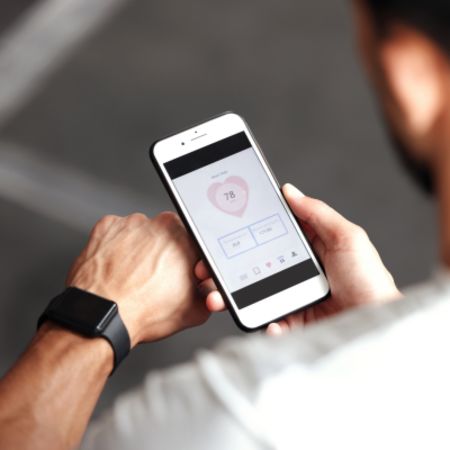A new study led by researchers at Penn State revealed that phone data may not accurately reflect under-resourced vulnerable populations.
New, convenient data sources like mobile phones can offer important insights into these populations, however it is essential to acknowledge and address the potential biases associated with these data sources. If bias is not acknowledged then health inequities could be magnified. Public health stakeholders may not get a proper representation of the disease spread or healthcare access in certain locations.
The researchers conducted a study in Namibia focusing on a mobile and rural population to investigate the relationship between phone ownership, mobility patterns, access to healthcare, and the incidence of vaccine-preventable infectious diseases. The objective was to measure how well mobile phone data could serve as a representative source of information for populations affected by such diseases.
The research team surveyed over 250 people within two remote settlements in Namibia’s Kunene province. They discovered that phone ownership was relatively low; 31% of participants owned a phone and only 59% of participants have used a phone in their lifetime.
Alexandre Blake, first author of the paper, said, “the most vulnerable people were underrepresented in these phone data”.
“One common way to make up for missing data is to simply scale it up and assume that missing data are the same as recorded data. But we distinctly found that the people missing in phone data are less mobile with reduced access to health care”.
Unfortunately, phone signal in remote areas is an issue which implies that phone data can only capture a specific segment of the population. If phone data were used to monitor the potential spread of an infectious disease, most movements and contacts would be missed. Without truly accounting for potential biases in the data, depending solely on mobile phone data to understand movement patterns can be misleading and ineffective in the aim of controlling the spatial spread of a disease during outbreak response.
Small and remote populations are crucial in the transmission and persistence of infectious diseases. These populations, due to their isolation and limited access to healthcare, can play a significant role in the spread of diseases. It is therefore crucial that we find ways to measure biases and look for ways to measure what is missing.
Source: Penn State
Image Credit: iStock
References:
Blake A et al. (2023) Disparities in mobile phone ownership reflect inequities in access to healthcare. PLOS Digital Health.























